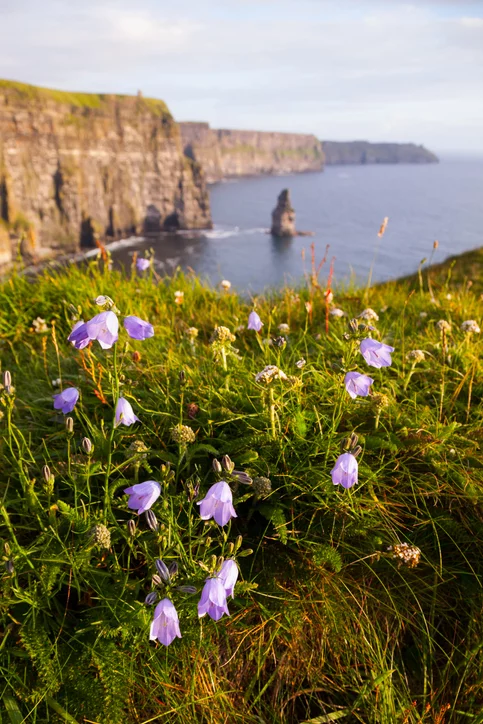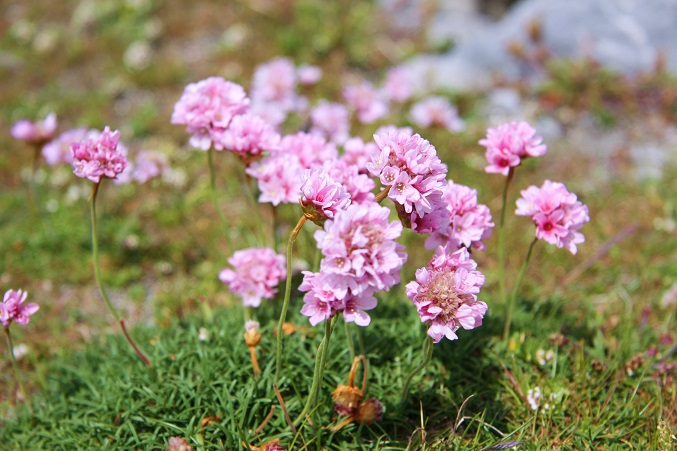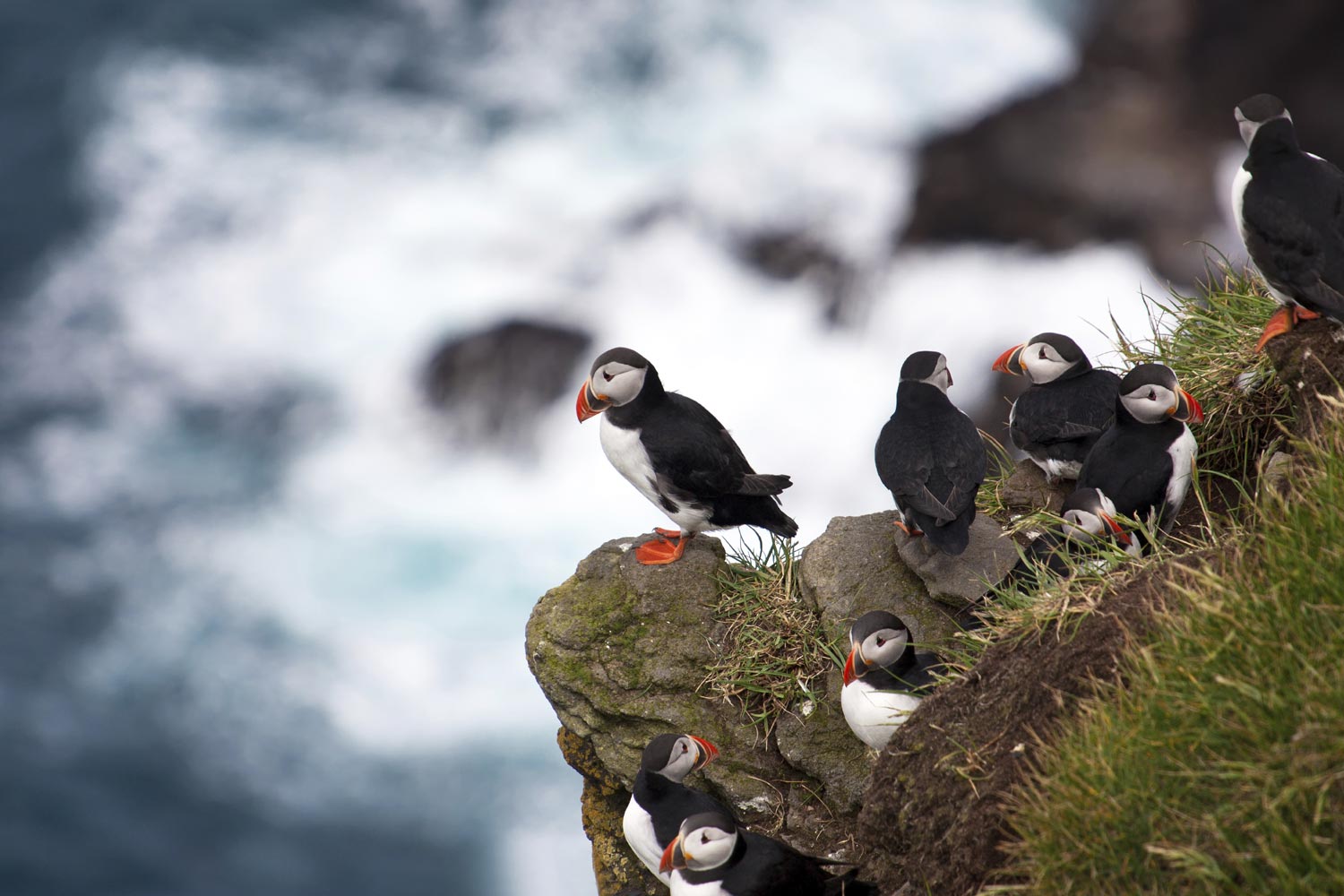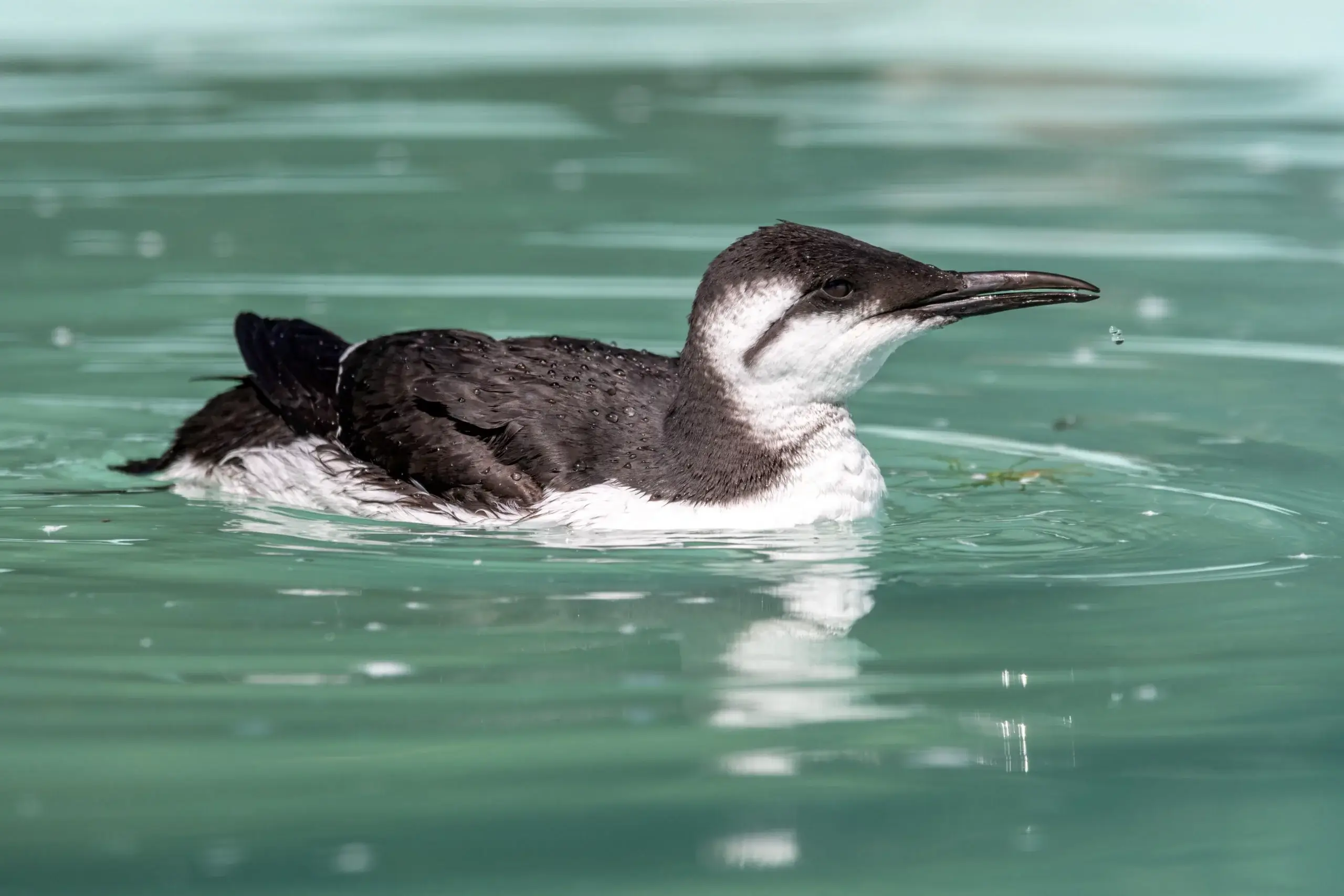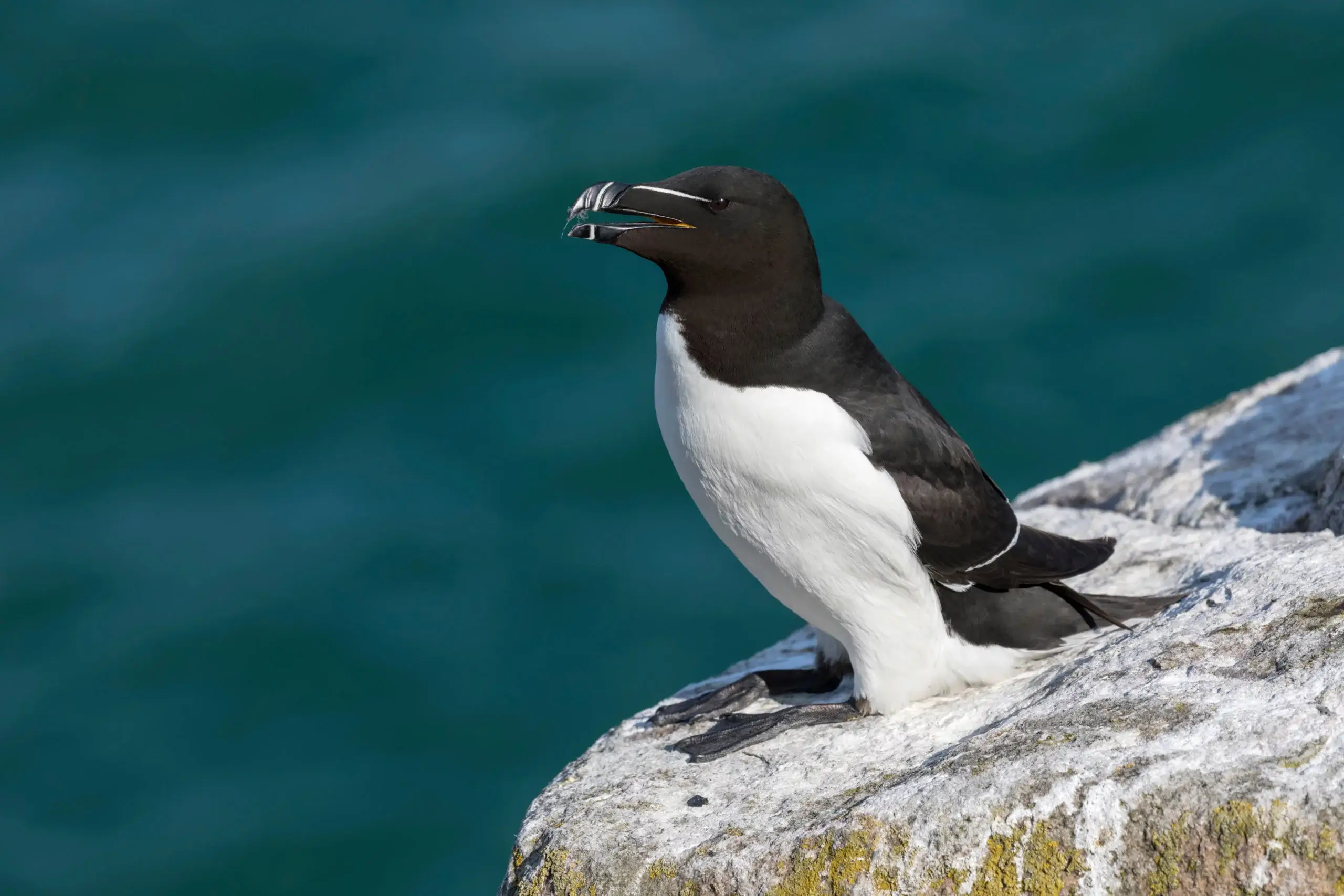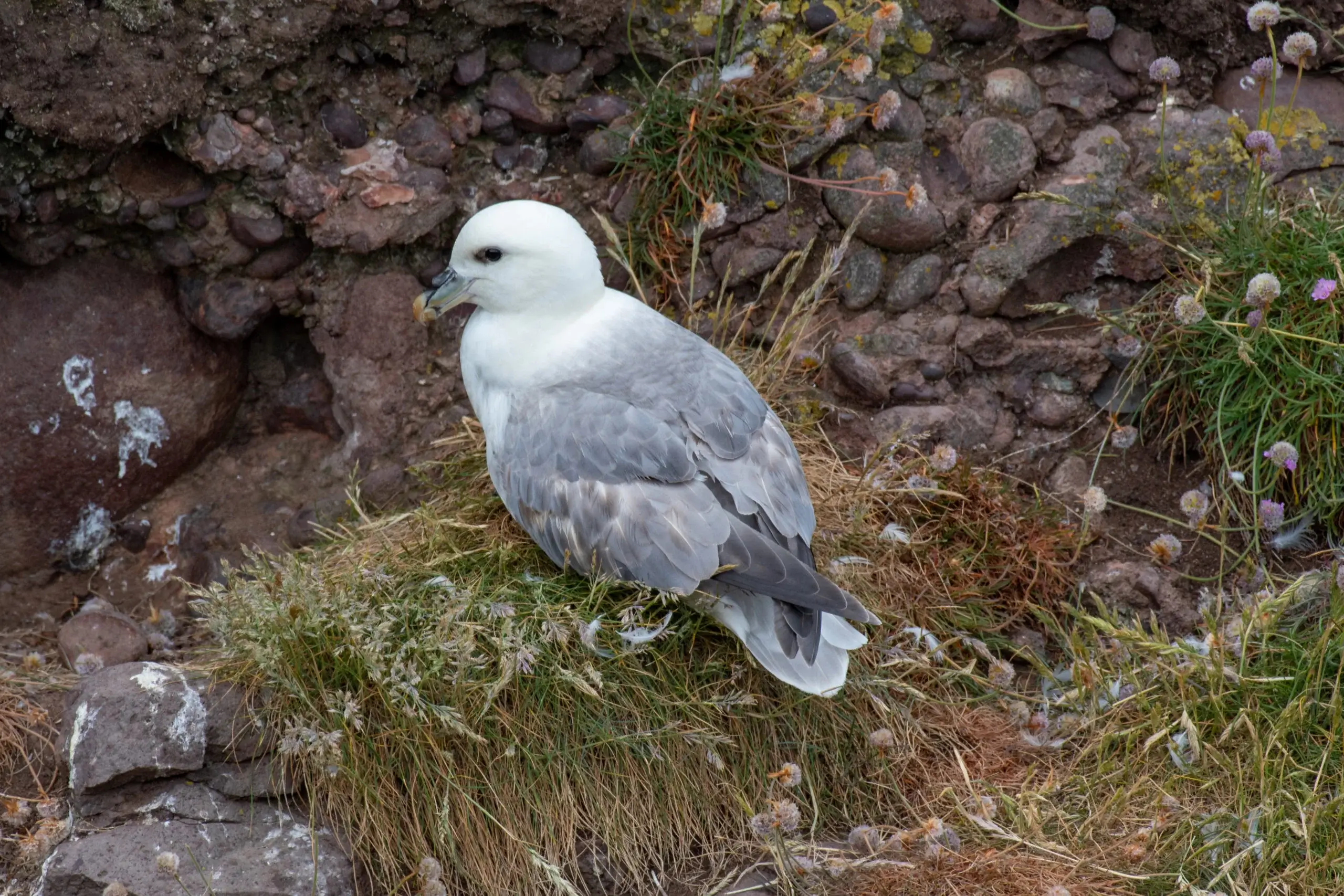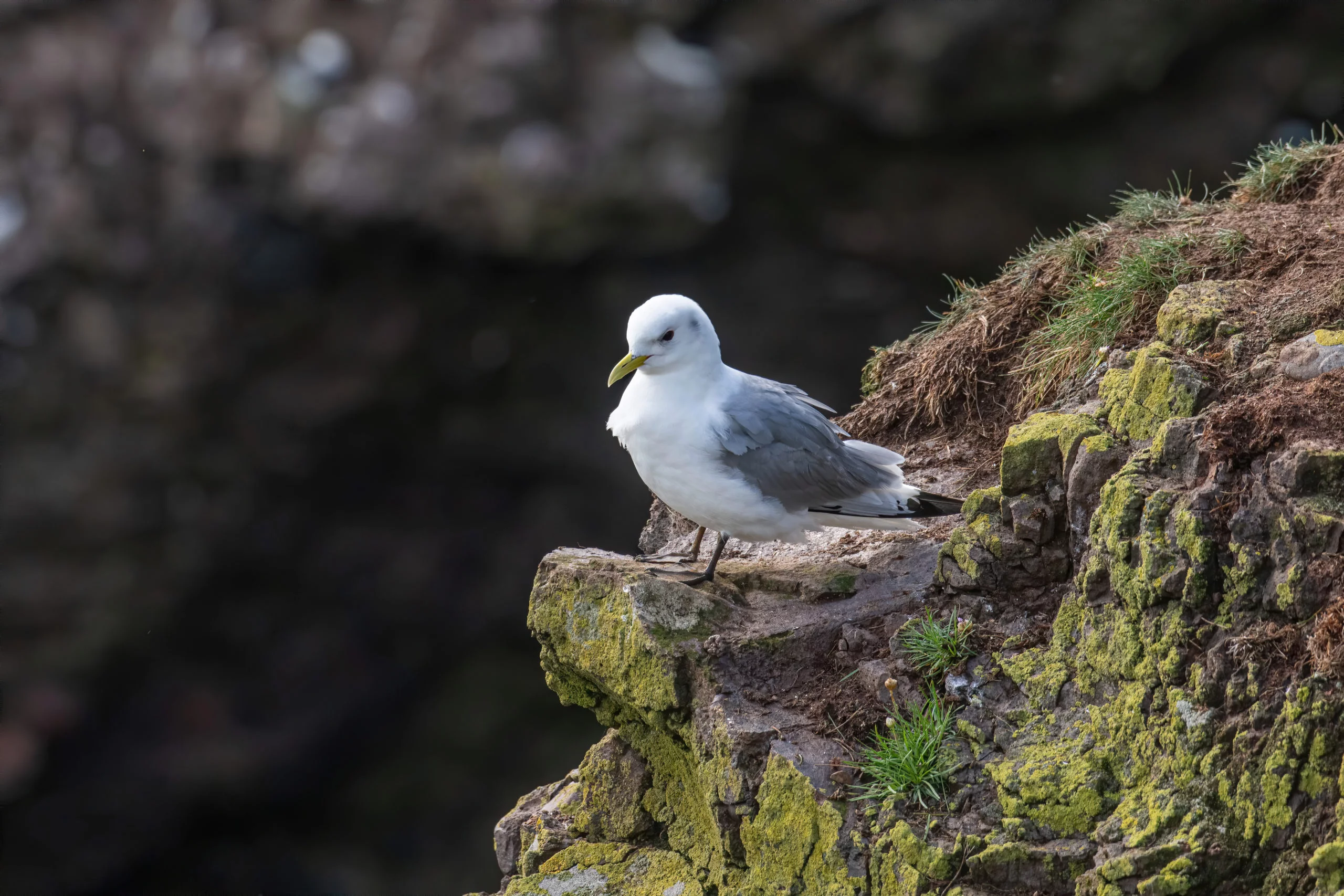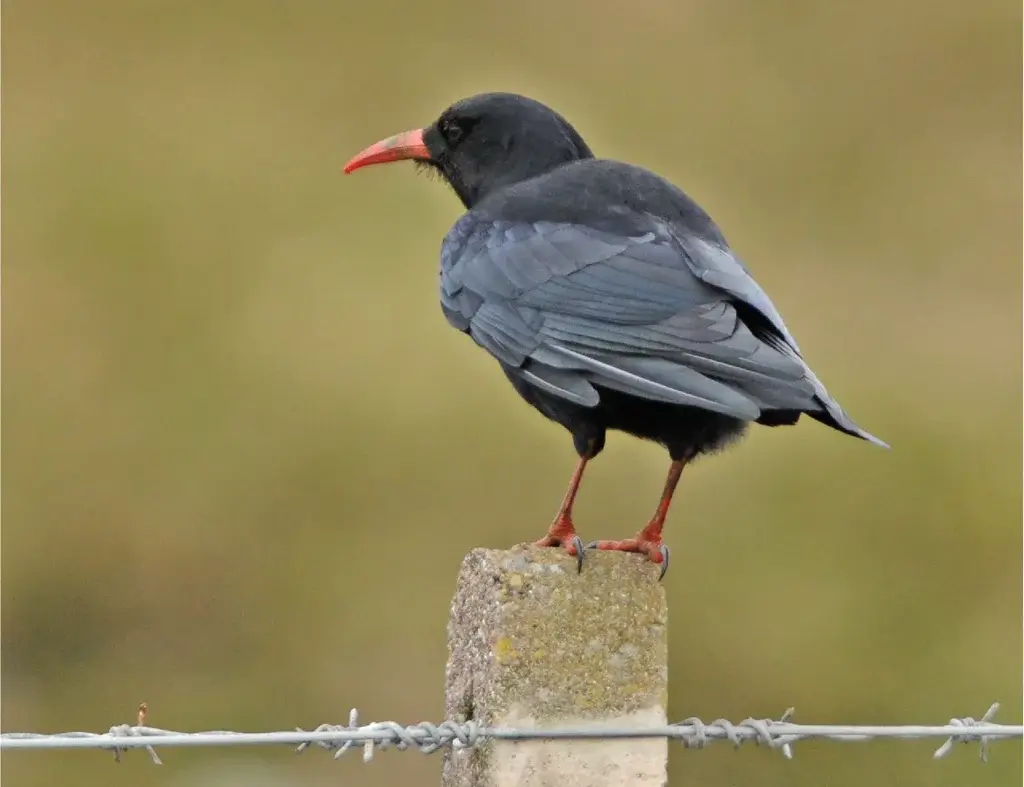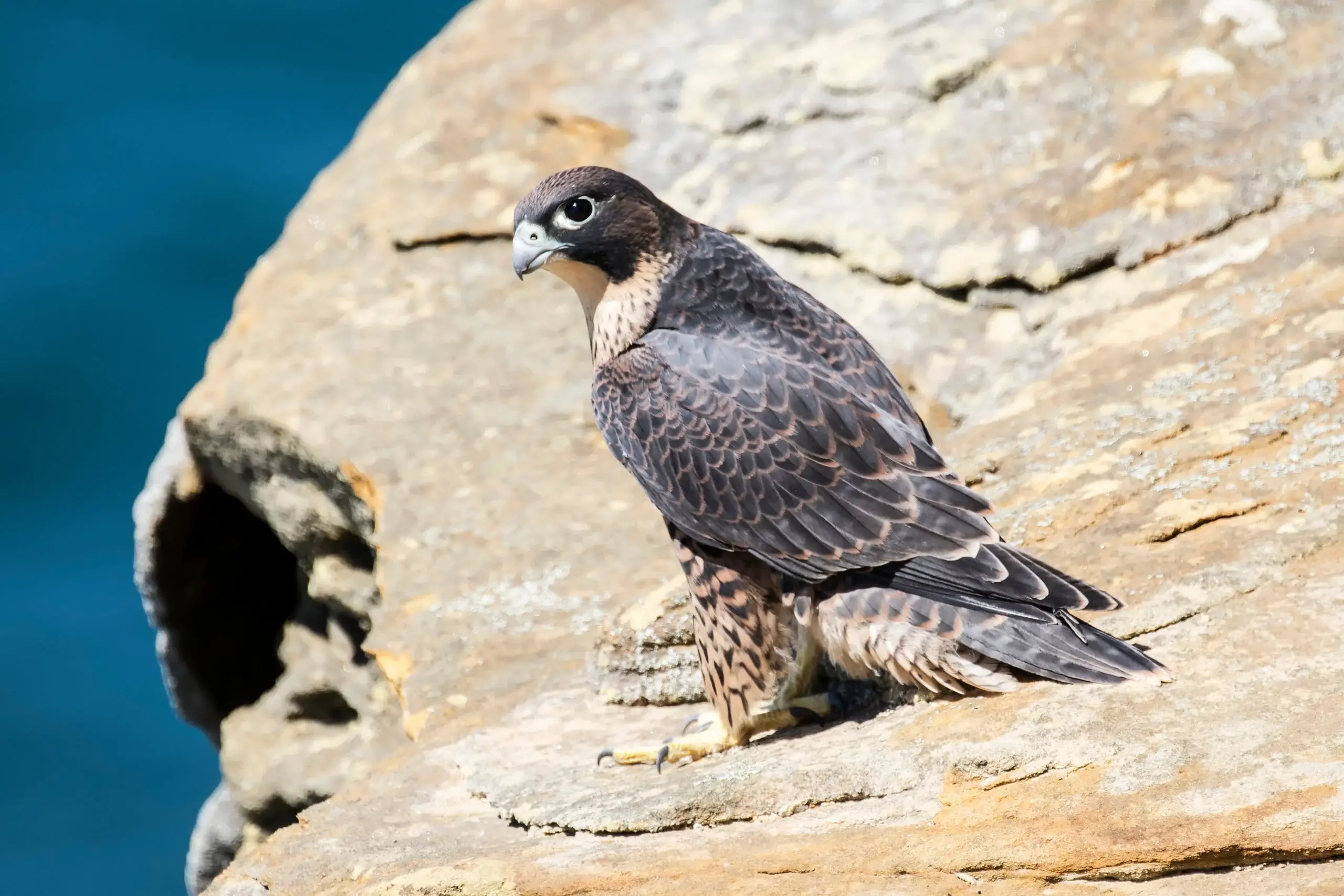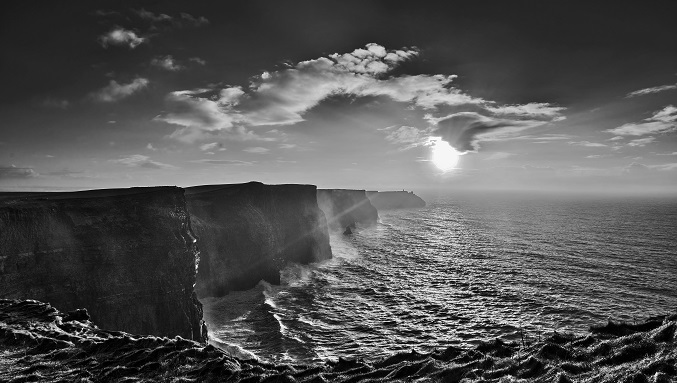Nature
Up Close and Personal
There’s no better way to experience nature up close and personal than by a trip to the Cliffs of Moher. Eight kilometres of sheer rock-face shaped by time that is home to a wealth of birds, flowers, marine life and sea and land mammals – making the Cliffs an experience of diversity in action along Ireland’s stunning Wild Atlantic Way.
It’s not surprising that the Cliffs of Moher boasts one of the major colonies of cliff-nesting seabirds in Ireland – offering you a viewing of over 20 different species. The area was designated a Special Protection Area (SPA) for Birds under the EU Birds Directive – with internationally important numbers of guillemot and razorbill and also significant numbers of puffin, kittiwake and fulmar.
From late February, a variety of seabirds like guillemot, razorbill, great black-backed gulls and shag begin to return to the Cliffs from their wintering grounds – while the Atlantic puffin arrives around the end of March. You may also be lucky enough to see endangered bird species like choughs and peregrine falcons.
